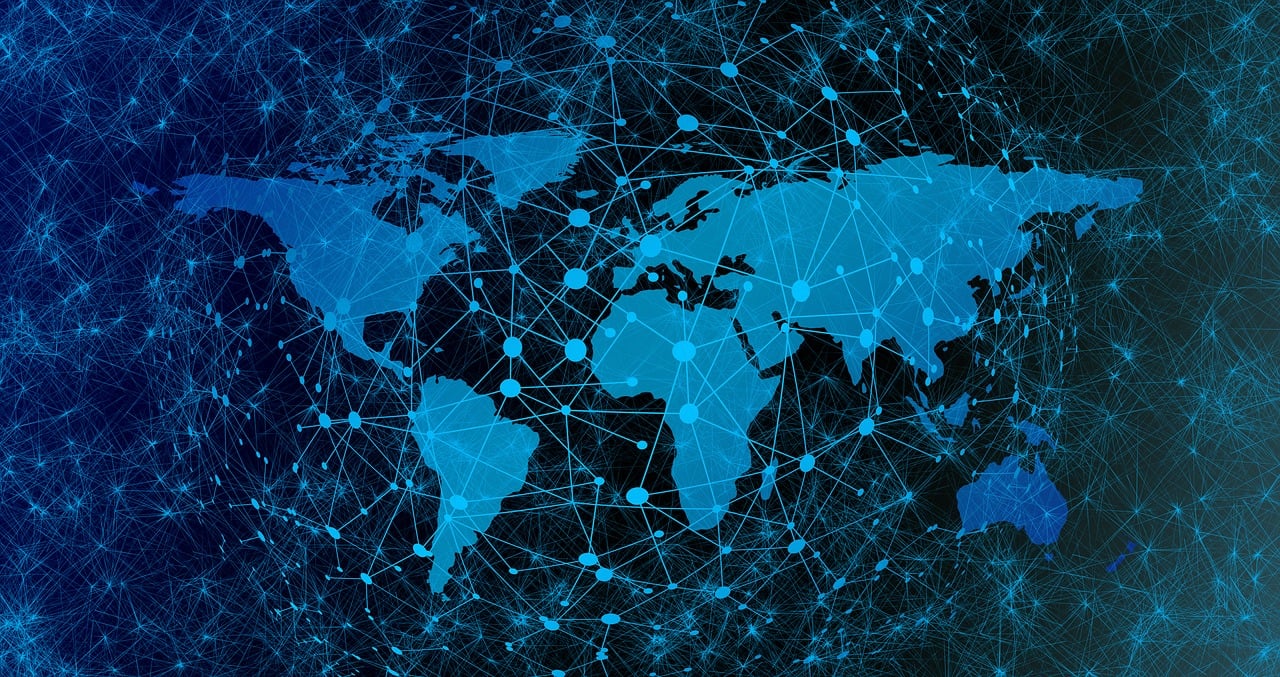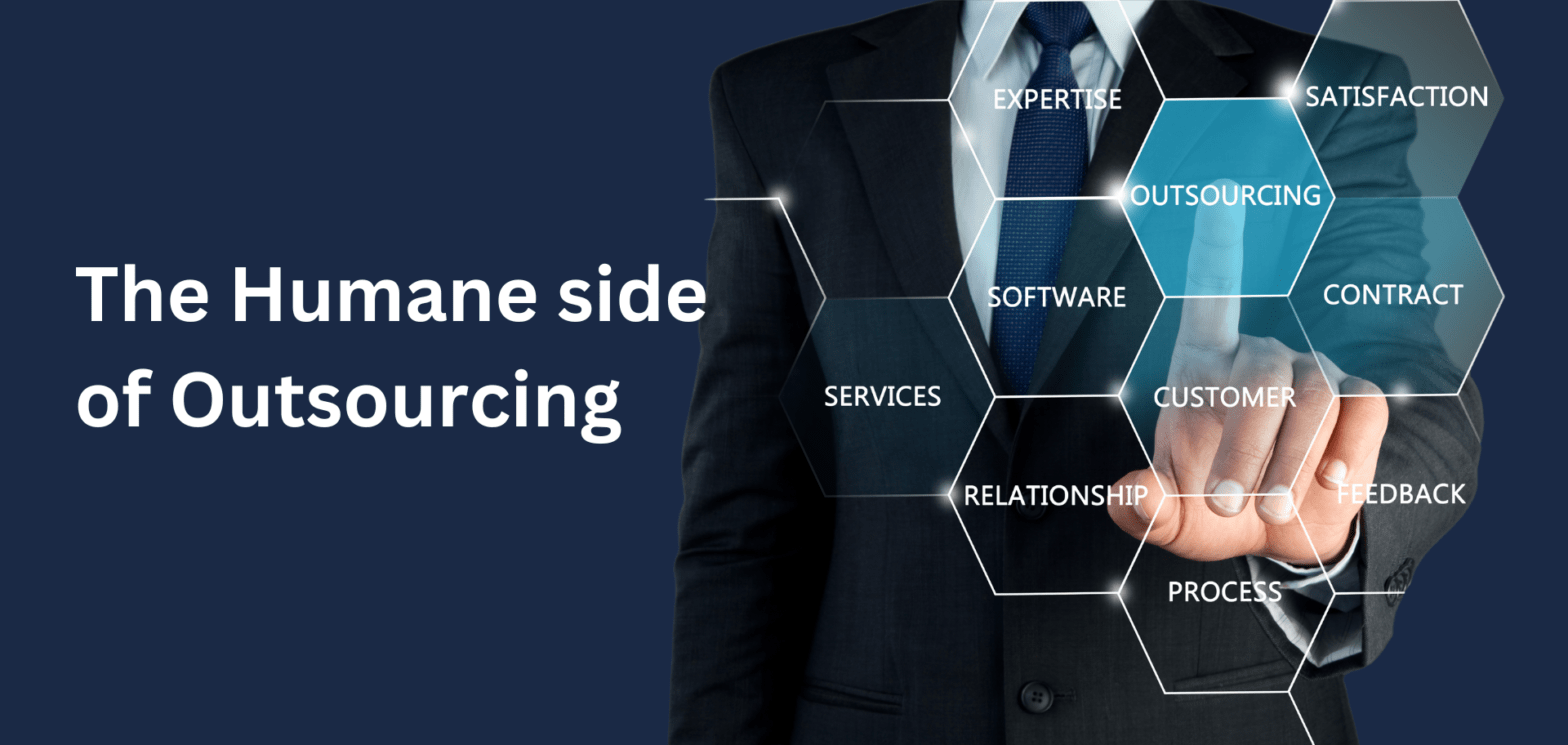
5G and connected devices
5G is the latest generation of wireless network technology that offers faster speeds, lower latency, and increased capacity compared to previous generations. It enables download speeds of up to 10 gigabits per second (Gbps) and supports real-time interactions with ultra-low latency. 5G is designed to accommodate the growing demand for data-intensive applications and the Internet of Things (IoT), allowing for seamless connectivity and improved user experiences. It has the potential to revolutionize various industries, including healthcare, transportation, manufacturing, and entertainment, by enabling innovative applications and driving digital transformation.5G technology is set to revolutionize the world of connected devices by offering significant advancements in terms of speed, capacity, latency, and scalability. Here’s how 5G can help with connected devices:
-
Faster Speed and Enhanced Capacity:
5G networks provide significantly faster data transfer speeds compared to previous generations. This high-speed connectivity allows connected devices to transmit and receive data quickly, enabling real-time interactions and seamless experiences. With increased capacity, 5G can support a massive number of connected devices simultaneously, addressing the scalability challenges of existing networks.
-
Reduced Latency:
5G networks also offer ultra-low latency, minimizing the delay between sending a command and receiving a response. This near-real-time responsiveness is critical for applications that require instant feedback, such as remote surgery, autonomous vehicles, or industrial automation. Hence, Reduced latency enables faster decision-making and enhances the overall user experience of connected devices.
-
Massive IoT Deployment:
5G networks are designed to support massive Internet of Things (IoT) deployments. Traditional cellular networks have limitations in connecting a large number of devices due to network congestion and limited capacity. 5G addresses these challenges by leveraging technologies like Narrowband IoT (NB-IoT) and Cat-M1, which allow for efficient and scalable connectivity of billions of devices, from smart homes and wearables to industrial sensors and smart cities.
-
Improved Reliability and Network Slicing:
5G brings improved reliability and network-slicing capabilities. Network slicing allows network resources to be divided into virtualized networks, each tailored to specific requirements. This enables dedicated and optimized connectivity for different types of connected devices, ensuring reliable and secure communications. Critical applications can have their own dedicated slice with guaranteed bandwidth and low latency, while less critical devices can share resources in separate slices.
-
Edge Computing and Distributed Architecture:
5G networks facilitate the integration of edge computing, bringing processing capabilities closer to the devices and reducing the need for round-trips to remote data centers. Edge computing enables faster data processing and analysis. Therefore making it ideal for applications requiring real-time insights or low-latency decision-making. Connected devices can leverage the edge infrastructure for local data processing, reducing reliance on centralized cloud services.
-
Enhanced Mobility and Coverage:
Additionally, 5G networks provide improved mobility support, allowing connected devices to seamlessly switch between base stations while maintaining a reliable connection. This is crucial for applications involving moving devices, such as autonomous vehicles or drones. Additionally, 5G offers broader coverage, including support for both densely populated urban areas and remote locations, ensuring connectivity across various environments.
-
Enhanced Multimedia Experiences:
5G’s high bandwidth and low latency enable enhanced multimedia experiences for connected devices. Streaming high-definition videos, virtual reality (VR), augmented reality (AR), and immersive gaming become more accessible and enjoyable. 5G networks can handle the increased data demands of multimedia-rich applications, delivering high-quality content and interactive experiences on connected devices.
-
Enabling New Use Cases:
5G’s transformative capabilities unlock a range of new use cases and industries. For example, in healthcare, 5G enables remote patient monitoring, telemedicine, and surgical robotics. In smart cities, 5G powers intelligent transportation systems, smart grids, and environmental monitoring. In manufacturing, 5G enables Industrial IoT applications like predictive maintenance, real-time monitoring, and robotics. These new use cases leverage 5G’s high speed, low latency, and massive device connectivity to drive innovation and efficiency in various sectors.
Additionally, 5G technology brings substantial improvements to connected devices by offering faster speeds, increased capacity, reduced latency, and enhanced reliability. It enables the deployment of massive IoT networks, supports edge computing, and opens up new possibilities across industries. With 5G, connected devices can deliver superior performance, and seamless connectivity, and enable innovative applications that drive the next wave of digital transformation
Contact us
Lorem ipsum dolor sit amet consectetur. Sed nulla habitant integer facilisi. Netus diam diam hac amet etiam. Vitae fringilla congue lorem enim. Odio turpis feugiat quis aenean pharetra neque pharetra blandit. Molestie senectus convallis risus curabitur amet ac erat molestie vitae.
EMAIL US
-
info@assystant.com
OFFICE
-
1234 Divi St. #1000,
San Francisco, CA 93152
CALL US
-
(234) 346 2351
EMERGENCY
-
(234) 346 2351




